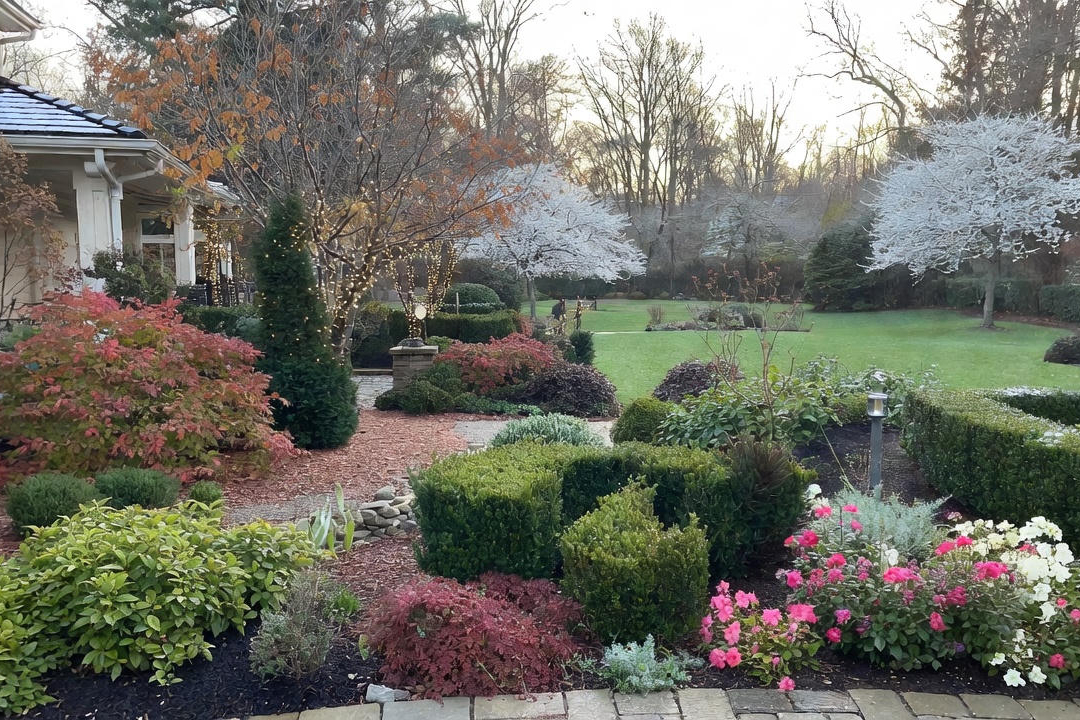
By choosing drought-resistant plants and effective watering methods, you can cut the time spent watering down to almost none at all, which saves your time and your water bill. Luckily, water-wise landscaping is being embraced by many garden centers and landscaping firms these days, so shopping for and installing water-wise landscaping is easier than ever.
Try these tips for easier, less expensive and longer lasting landscaping:
Plants that like it dry
Succulent plants, or plants that store water in their fleshy leaves, are a wise bet for hot, dry places. Check out plants in the Sedum or Sempervivum genuses for tough, dependable, colorful options that are hardy in most zones (3-9). You can also look for cacti, Yuccas and Agaves that are hardy in your zone. Drought loving annuals like Scaevola, Lantana and Moss Rose are great options for containers as well!

Drip Irrigation
Drip systems apply water directly where it needs, the roots, which cuts back on evaporation and runs off. Drip irrigation can be used in every kind of landscaping by using soaker hoses or other specially-made irrigation lines and tubing made to drip water very slowly, often used in conjunction with a hose timer. Check out our blog on drip irrigation here.

Mulch
The correct amount of mulch helps keep water in the soil and keep roots cool. Mulch should be between 2 and 4 inches deep in order to let rain penetrate and get to the roots. Any more inches deep may cause the roots to stay dry.
Using larger planters means more soil, and that soil can hold more water and nutrients and give the roots pockets to tap into to cool themselves.

Established Plantings
Plantings over 3 years old may require less water than you think. Gardens typically need about 2 inches of water a week to thrive, however, some plants look droopy in the late afternoon heat regardless of how much water they are getting. Observe to see if they perk up without watering once the sun goes down.

Watering
Water in the morning, if possible, so that the water has time to be absorbed. When watering in the afternoon it may evaporate quickly. Watering in the evening may provide the dampness that mold and mildews love so much.

Lawn Care
Let lawns grow longer so they can shade their own roots. When watering, do it less frequently but deeper. Check out our blog on lawn care for more information on how to properly care for your lawn.





ds.jpg)
.jpg)
